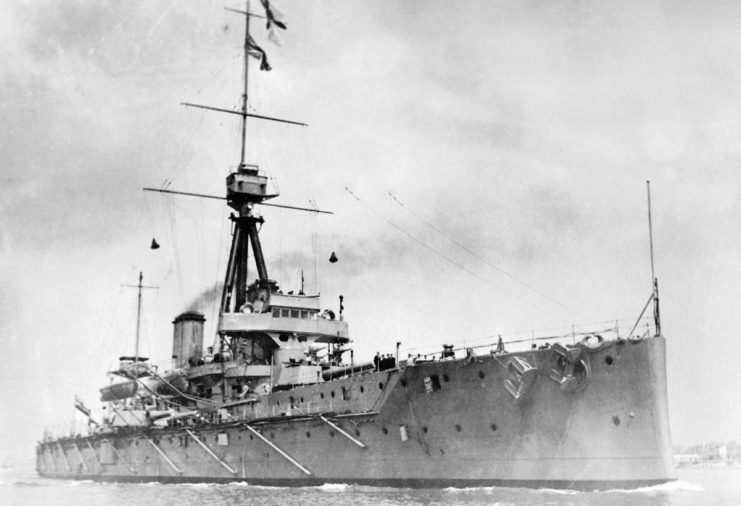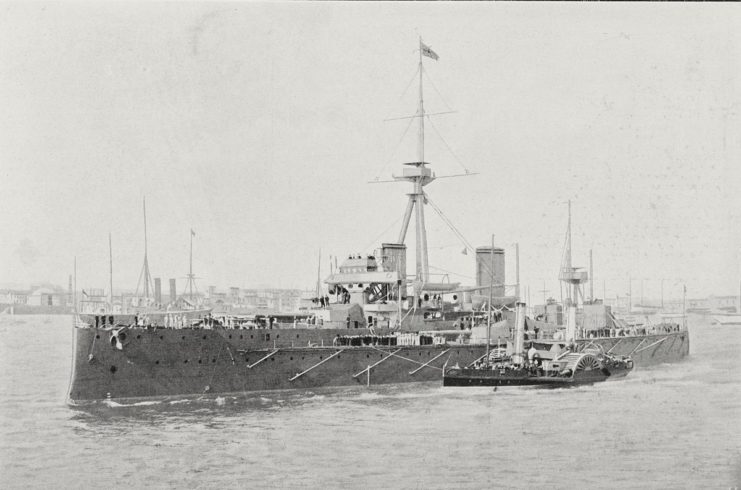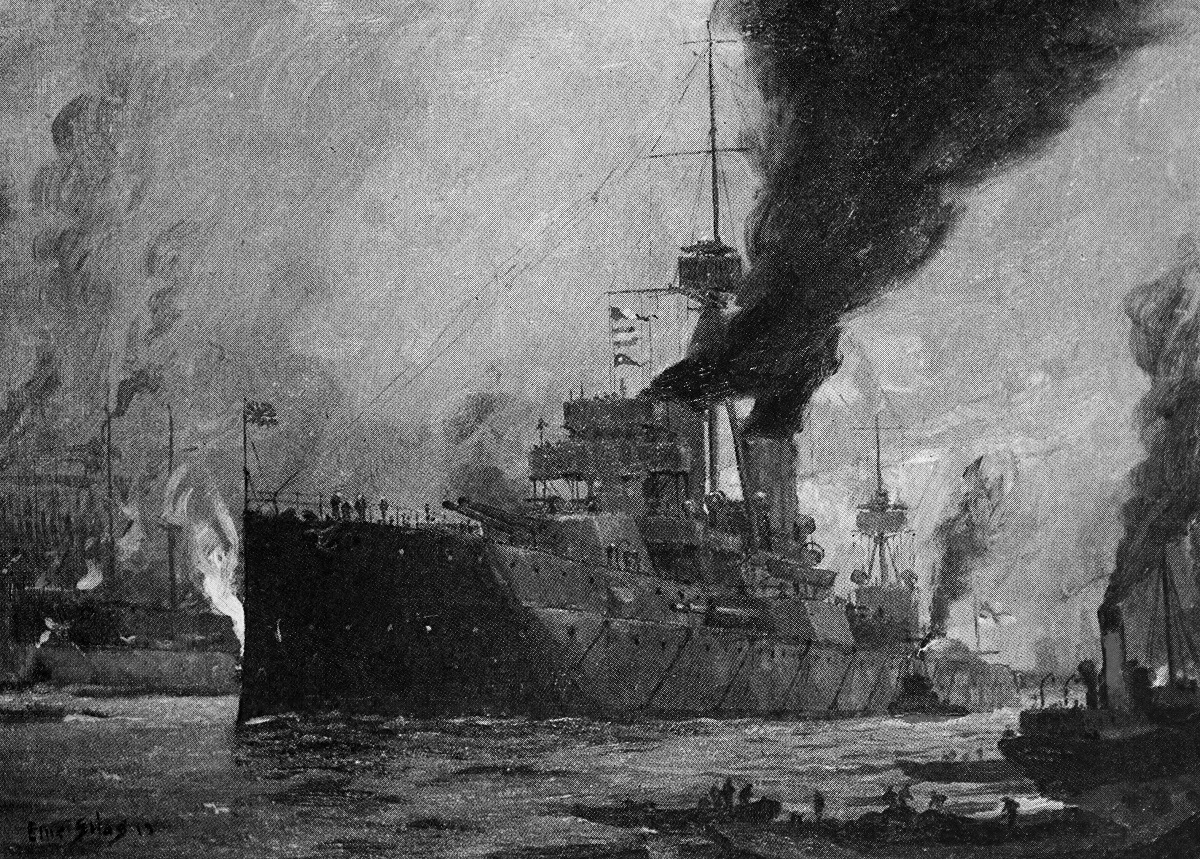The HMS Dreadnought was a vessel that quite literally changed the path of naval warfare and design philosophy. She brought in a whole host of new and revolutionary features that rendered every battleship that had come before her obsolete overnight. Fast, well armored, and carrying heavy guns that were complemented by an effective fire control system, it was the most powerful ship in the world. In fact, she was so influential that she spawned an entire generation of battleships named dreadnoughts.
For all of her greatness, Dreadnought served a relatively lackluster career and was quickly superseded and rendered obsolete by the very arms race she sparked. With that being said, it carries the notable distinction of being the only battleship to sink a submarine.
Before Dreadnought
Before the hull of Dreadnought was laid down, battleship designs mostly followed the expected means of fighting at sea: by saturating the enemy with overwhelming firepower at relatively close ranges. As such, battleships were armed with guns widely varying in caliber to handle different threats at different ranges.
HMS Dreadnought

The ship possessed a number of attributes that had not yet been seen all on one ship before. Naturally, as a battleship, she carried large and powerful guns, but hers were different. She was one of the first battleships to be fitted with a number of instruments that not only helped establish a targets range and its required lead but also sent that information electronically to each turret.

While these features were certainly impressive, what truly set Dreadnought apart from the rest was that she did all this while being exceptionally fast. One of the main design requirements for the vessel was that she had to be quick. Previously, battleships usually prioritized firepower and armor over speed, but Dreadnought did it all.
